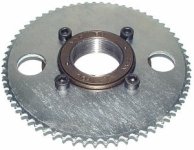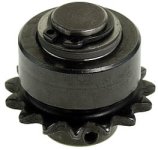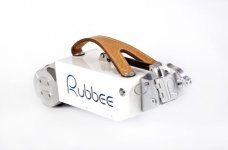I think answer is pretty simple. They are conceptually simple and elegant, but require eternal tuning for optimal performance. And while terrific in some situations, they aren't so good in others.
I have pretty good pitch discrimination. Can build wheels successfully, tune guitar successfully, have even built guitars from pile of wood successfully. And I'm pretty obsessive compulsive on details

So, I'm a tuner at heart. And maintaining a good friction drive system is a tuner hobby. If you aren't a tuner, they probably aren't so good. Even if you are a tuner… they are a pita, albeit a fun one.
I built a friction drive based on Adrian's "Commuter Booster" kit couple years ago. Love it! But, it sure isn't my "daily driver".
Maintaining the exact geometry for optimum performance is finicky. Tire pressure drops a bit? Not so good. Drive moves a couple mm out of best location? Not so good. It rains? Not so good. Tire wears? Not so good. Heading up a steep hill? Not so good.
"Not so good"… just means you need to re-tune the system.
But when I just want to ride to the store for groceries on a Saturday, I'll take a different system.
When I want to go for a "wow this is amazing, so much kick from so minimal a system… just wait a minute while I tweak this factor…" friction is tops. When I want to just jump on a bike and go for a ride, other approaches are more forgiving.






